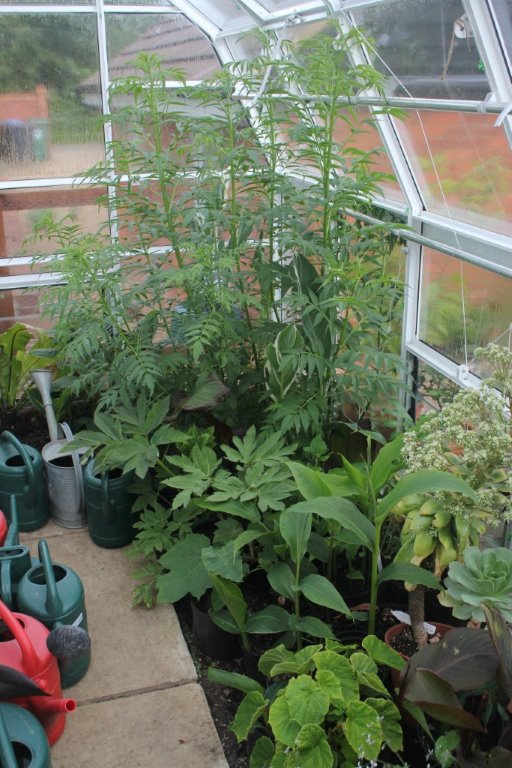 June is an ideal time to sow fast maturing vegetables if your sowing season has been disrupted by late frosts and cold weather this spring. Spring onions, early carrots and salads can be sown regularly until August, making the next sowing when the previous seedlings have germinated, so there is still plenty of time for a good harvest. Plants needing warm soil like Florence Fennel, Courgettes and French and Runner beans, can be sown directly into the soil, early in the month, providing soil is warm enough and although it is only June, it is time to think ahead to winter as sprouting broccoli, Brussels sprouts and autumn and winter cauliflowers can be transplanted from the greenhouse into their beds after they have been hardened off, then netted to protect them from pigeons and caterpillars. Pick podded crops like French and broad beans regularly as this encourages them to continue flowering and extends the cropping season.
June is an ideal time to sow fast maturing vegetables if your sowing season has been disrupted by late frosts and cold weather this spring. Spring onions, early carrots and salads can be sown regularly until August, making the next sowing when the previous seedlings have germinated, so there is still plenty of time for a good harvest. Plants needing warm soil like Florence Fennel, Courgettes and French and Runner beans, can be sown directly into the soil, early in the month, providing soil is warm enough and although it is only June, it is time to think ahead to winter as sprouting broccoli, Brussels sprouts and autumn and winter cauliflowers can be transplanted from the greenhouse into their beds after they have been hardened off, then netted to protect them from pigeons and caterpillars. Pick podded crops like French and broad beans regularly as this encourages them to continue flowering and extends the cropping season.
In the flower garden removing faded flowers or ‘dead heading’, has the same effect, extending the flowering season for annuals, hanging basket plants like Pelargonium’s, herbaceous plants – even shrubs, where it’s practical and is vital for sweet peas, which stop flowering if they are allowed to run to seed. The only plants which are not deadheaded are those that are grown for their ornamental fruit or are being retained to collect seed later in the season. Deadheading roses before they die and the petals fall, when the whole flower can be grasped in one hand, means there’s less tidying up.
Fading flowers should be cut from cluster flowered roses individually, rather than waiting for the last flower in the cluster to fade. Once bulbs have finished flowering remove the flower heads, retaining the leaves and stems to produce energy, so they flower again next year. Taller flowers like Lupins and Delphiums should be cut back before the last flowers fade, removing the stalk to just above the leaves, encourages other, smaller flower spikes to form. Lavenders can be trimmed as the flowers fade and the flower head’s saved for lavender bags or posies indoors.
Cold weather has postponed the planting of tender plants in my exotic border but now there is no alternative, the space is needed for tomatoes, so they must go outside. (See image) Ideally they would be hardened off before planting but the weather has forced a change of plan, they will now be planted out and covered with horticultural fleece until temperatures rise.
Keep tubs and planting containers well watered, even in rainy weather. When it rains, much of the water runs from the leaves over the side, rather than into the pot, so water just as you would in drier conditions and feed every two weeks or according to the manufacturer’s instructions.
Prune Clematis montana immediately after flowering or by the end of June at the very latest, to keep them within their allotted space; this allows new shoots to form and mature ready for flowering next year.
Happy gardening. Matt


